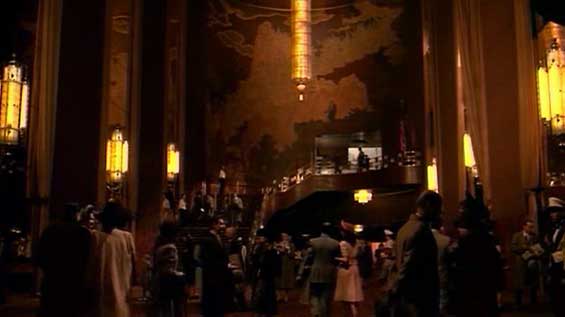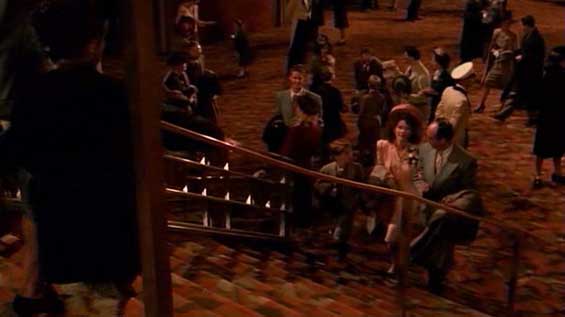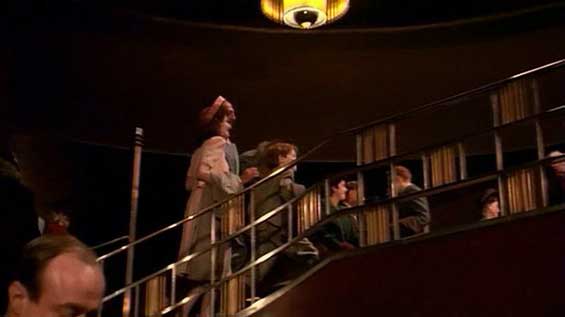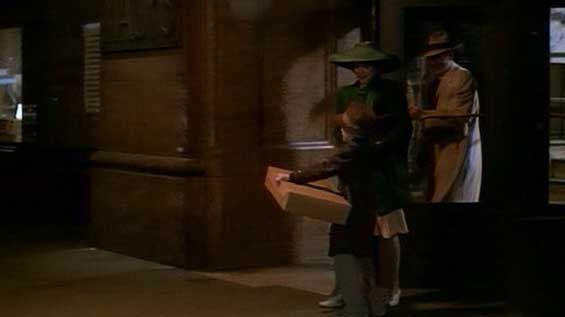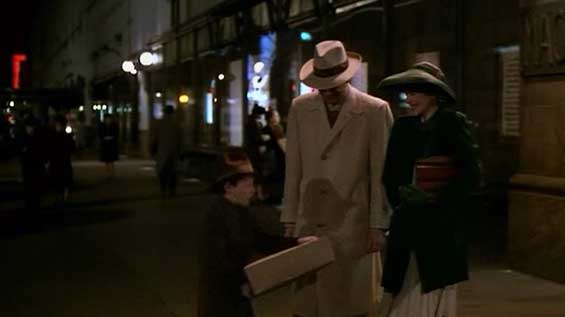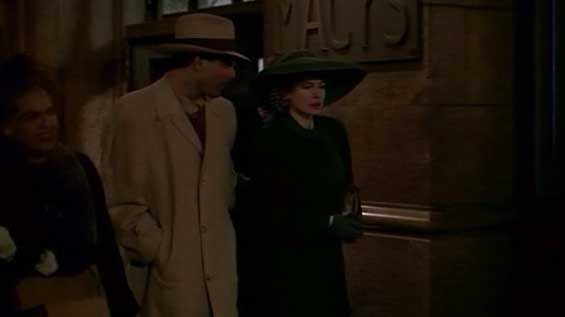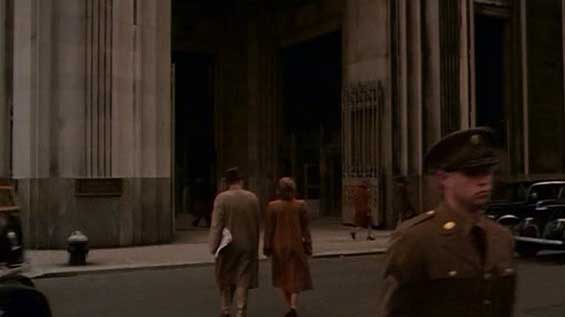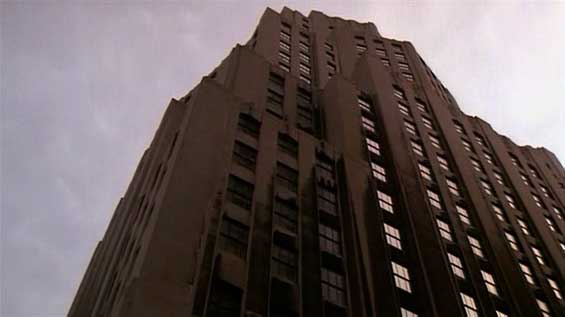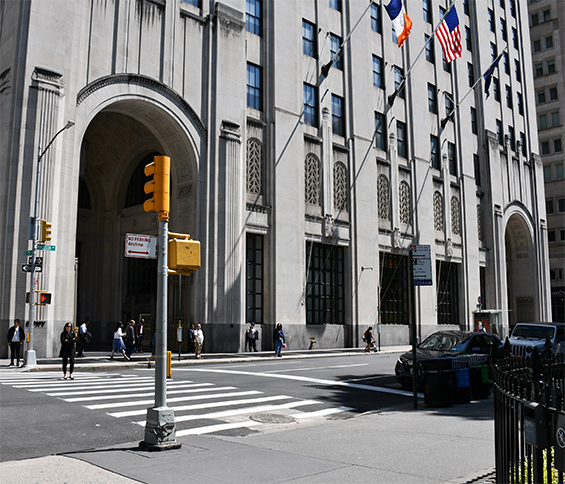| |
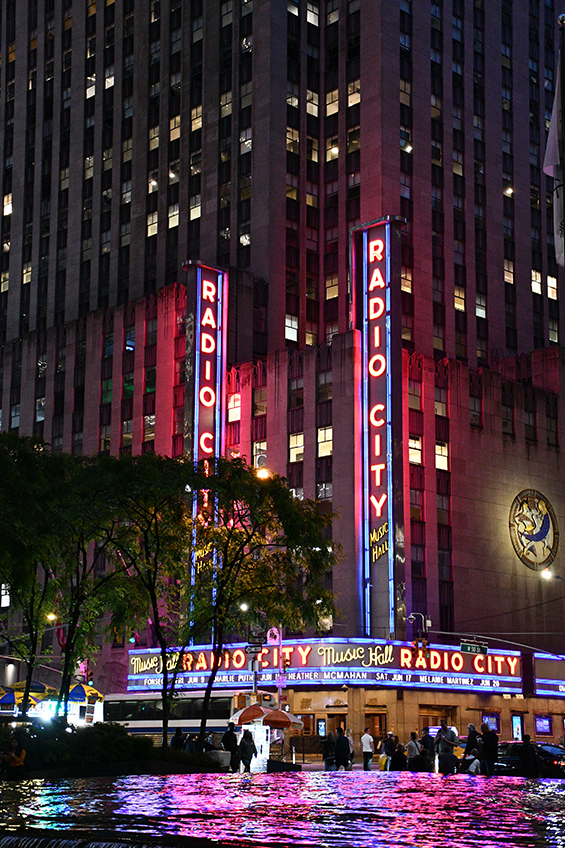
Radio City Music Hall
Radio City Music Hall is an entertainment venue located in New York City's Rockefeller Center.
Its nickname is the Showplace of the Nation, and it was for a time the leading tourist destination in
the city. Its interior was declared a city landmark in 1978.
The 12 acre (49,000 m²) complex in midtown Manhattan known as Rockefeller Center was developed
btw 1929 and 1940 by John D. Rockefeller, Jr., on land leased from Columbia University. The Radio City Music Hall was designed by architect Edward
Durell Stone and interior designer Donald Deskey in the Art Deco style. Rockefeller initially planned a new home for the Metropolitan Opera on the site,
but after the Stock Market Crash of 1929, the plans changed and the opera company withdrew from the project.
The names "Radio City" and "Radio City Music Hall" derive from one of the complex's first tenants, the Radio Corporation of America. Radio City Music
Hall was a project of Rockefeller; Samuel Roxy Rothafel, who previously opened the Roxy Theatre in 1927; and RCA chairman David Sarnoff. RCA had
developed numerous studios for NBC at 30 Rockefeller Plaza, just to the south of the Music Hall, and the radio-TV complex that lent the Music Hall
its name is still known as the NBC Radio City Studios. The Music Hall opened to the public on December 27, 1932 with a lavish stage show featuring Ray
Bolger and Martha Graham. The opening was meant to be a return to high-class variety entertainment. The new format was not a success. The program was very
long and individual acts were lost in the cavernous hall. On January 11, 1933, the Music Hall converted to the then familiar format of a feature film with
a spectacular stage show which Rothafel had perfected at the Roxy Theatre. The first film was shown on the giant screen was Frank Capra's The Bitter Tea
of General Yen starring Barbara Stanwyck and the Music Hall became the premiere showcase for films from the RKO-Radio Studio. The film plus stage spectacle
format continued at the Music Hall until 1979 with four complete performances presented every day.
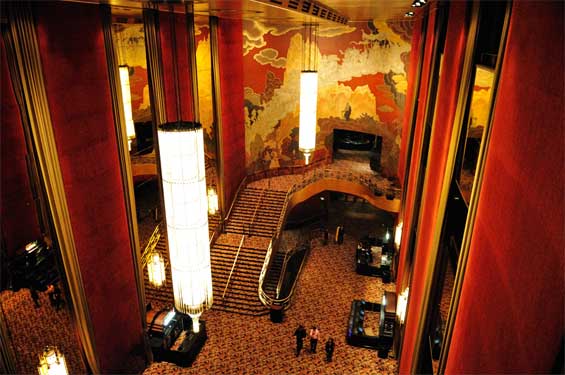
Radio City has 5,933 seats for spectators; it became the largest movie theater in the world at the
time of its opening. Designed by Edward Durell Stone, the interior of the theater, with decor by Donald Deskey, incorporates glass, aluminum, chrome, and
geometric ornamentation. Deskey rejected the Rococo embellishment generally used for theaters at that time in favor of a contemporary Art Deco style,
borrowed heavily from a European Modern aesthetic style, of which he was the foremost exponent at the time. The Great Stage, measuring 66.5 feet (20 m) deep
and 144 feet (44 m) wide, resembles a setting sun. Its system of elevators was so advanced that the U.S. Navy incorporated identical hydraulics in constructing
World War II aircraft carriers; according to Radio City lore, during the war, government agents guarded the basement to assure the Navy's technological
advantage.
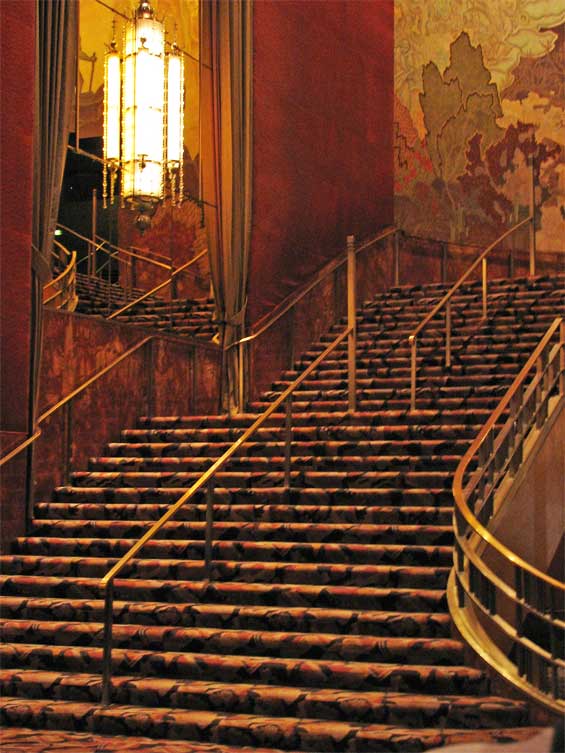
|
|

